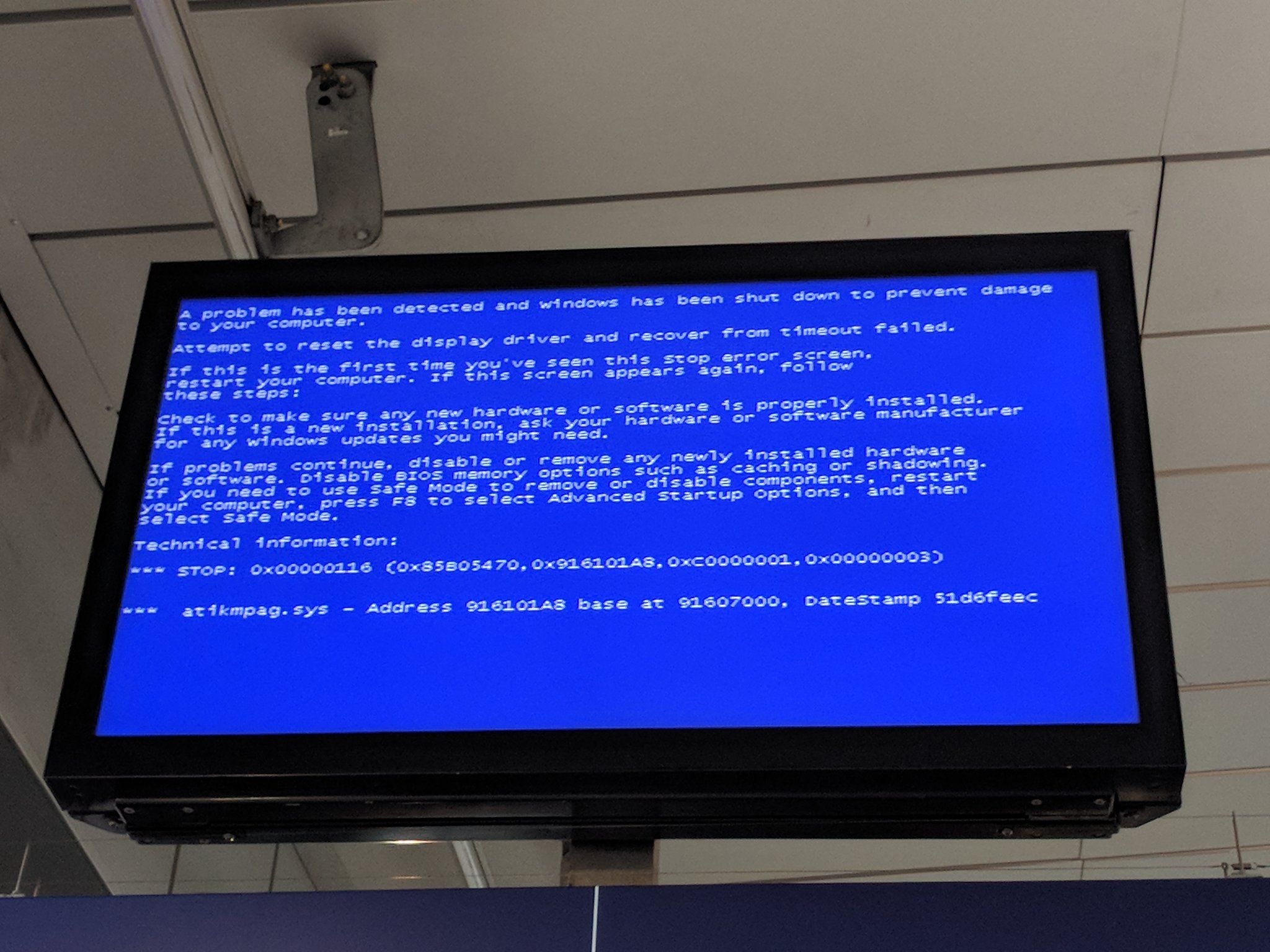 Every year there’s an annual debate about the future of broadcast technology. Some commentators are boldly proclaiming that broadcast vendors are no longer necessary, and that the future of video production will be handled solely by Pro-AV and digital signage vendors.
Every year there’s an annual debate about the future of broadcast technology. Some commentators are boldly proclaiming that broadcast vendors are no longer necessary, and that the future of video production will be handled solely by Pro-AV and digital signage vendors.
While these predictions may sound appealing, we’d advise a bit of caution. If anyone genuinely believes that Pro-AV can take over broadcast, I’d challenge them to start producing high-value content for major events such as the NFL or the Premier League over HDMI and report back.
Broadcast versus Pro-AV: The Pareto Principle
To understand the difference between broadcast and Pro-AV vendors, let’s look at a well-known concept: the Pareto Principle. This principle can be loosely paraphrased as: “the last 20% of something takes 80% of the time.”
When you apply this to the broadcast industry, it becomes clear why there’s such a gap between Pro-AV and broadcast manufacturers. Pro-AV focuses on 80% of the market, creating products that cover the general needs of video production. While these work well in most environments, they are built for reliability under simple conditions. But they leave the last 20% — the really challenging and complex parts of video technology —untouched.
Broadcast manufacturers focus on that critical last 20%. Their products are engineered to address those final, tricky details that take exponentially more time and effort to perfect. For instance, in broadcast environments, a simple SDI cable needs to work every time, without fail, for years on end. There’s no room for error. HDMI, on the other hand, might fail occasionally due to issues such as HDCP or EDID problems — but if that happens, someone will simply replug it and move on.
The Complexity of Broadcast Solutions
The key point is that the broadcast industry invests an enormous amount of technical effort into solving these intricate issues. The last few percentage points of product performance, such as ensuring flawless SDI signal transmission, compliant transport stream output and addressing specific niche requirements, are what make the difference for broadcast technology.
Pro-AV solutions typically rely on components built by the lowest bidder that might work 98% of the time — and that’s usually considered good enough. But it’s not nearly enough for broadcast. When the stakes are high — for example, in live sports production or major news events — that 2% margin of error cannot be tolerated. Every piece of equipment must work seamlessly, without fail.
The Changing Landscape
The broadcast industry is changing. As we move to cloud-based environments, new tools and technologies are emerging to address the need for flexibility, scalability, and efficiency. But this does not mean we should throw out the lessons learnt from decades of broadcast experience. The goal should be to integrate the best of both worlds — leveraging the agility of cloud-based solutions while maintaining the reliability and precision of traditional broadcast infrastructure.
Besides technology issues, there are also cultural ones. Does your vendor care about that tiny, niche issue that’s critical to your broadcast workflow but might seem irrelevant to a digital signage application? That’s the difference between a Pro-AV vendor that might not understand your unique needs and a broadcast vendor that has built its entire product line to address those complexities.
No Pro-AV Takeover
So, while the broadcast industry is evolving, we don’t believe Pro-AV is poised to take over entirely. There are certainly areas where Pro-AV can learn from broadcast, and vice versa, especially as both industries adapt to new technologies. But when it comes to handling high-value, mission-critical video content — such as sports broadcasting or live events — broadcast vendors remain indispensable.

